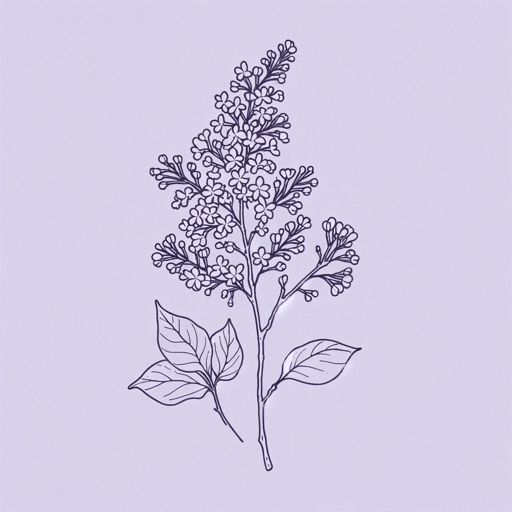26 pages • 52 minutes read
Walt WhitmanWhen Lilacs Last in the Dooryard Bloom'd
Fiction | Poem | Adult | Published in 1865A modern alternative to SparkNotes and CliffsNotes, SuperSummary offers high-quality Study Guides with detailed chapter summaries and analysis of major themes, characters, and more.
Symbols & Motifs
The Blooming Flower
From the first line of the first canto, the speaker of “When Lilacs Last in the Dooryard Bloom’d” identifies lilacs as the place marker for his grief. As a perennial, lilacs return every year to remind the speaker of his loss, forever altering the meaning of spring. No longer a reminder of life and renewal, spring now marks a violent anniversary. Even in the speaker’s grief, though, he takes consolation that the lilacs also provide a visceral reminder of his lost friend. The poem’s focus on natural imagery—the lilac’s fragrance and their “heart-shaped leaves of rich green” (Canto 2, Lines 2 and 5)—celebrates the speaker’s ability to transport back to a particular emotional place—even a sorrowful one—in remembrance. This transformative experience in the terrain of observation, correspondence, and art furnishes the poem’s central themes.
Lilacs grew outside the door to Whitman’s mother’s home. Whitman learned of Lincoln’s assassination while visiting his mother, so the lilacs can be seen as a literal representation of Whitman’s experience.
Related Titles
By Walt Whitman

A Glimpse
Walt Whitman

America
Walt Whitman
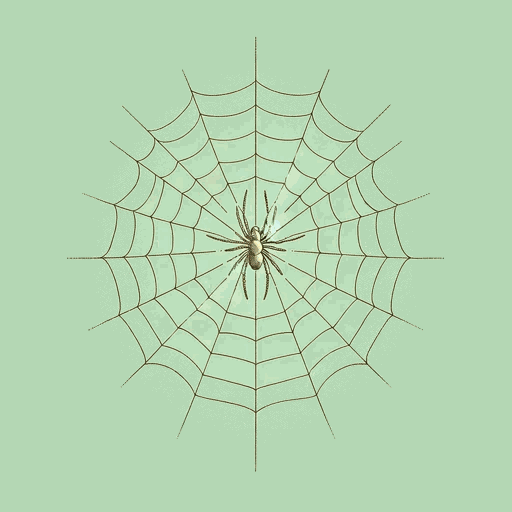
A Noiseless Patient Spider
Walt Whitman

Are you the new person drawn toward me?
Walt Whitman
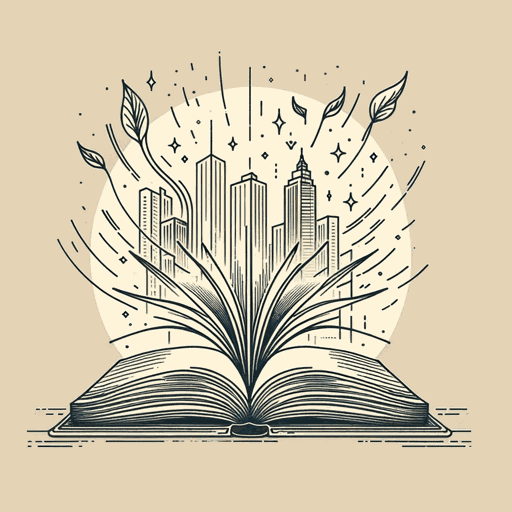
As I Walk These Broad Majestic Days
Walt Whitman

Crossing Brooklyn Ferry
Walt Whitman
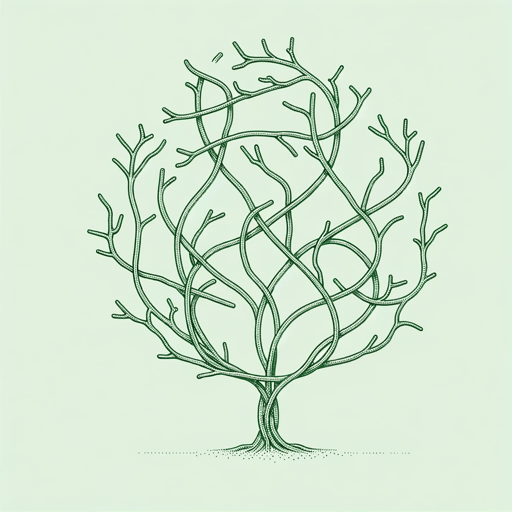
For You O Democracy
Walt Whitman
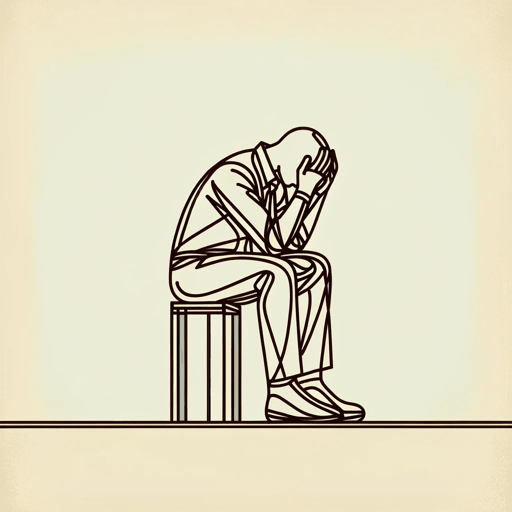
Hours Continuing Long
Walt Whitman

I Hear America Singing
Walt Whitman

I Sing the Body Electric
Walt Whitman
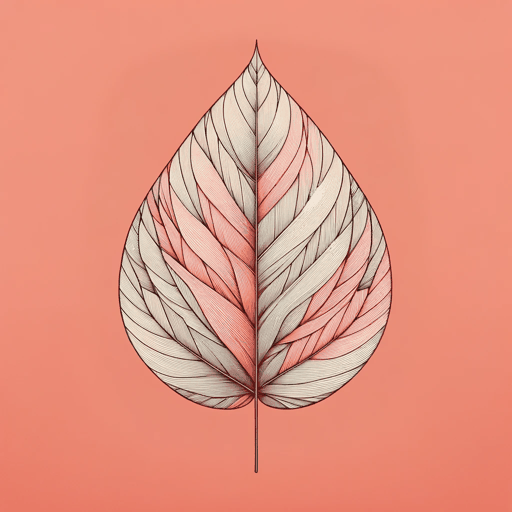
I Sit and Look Out
Walt Whitman

Leaves of Grass
Walt Whitman

O Captain! My Captain!
Walt Whitman
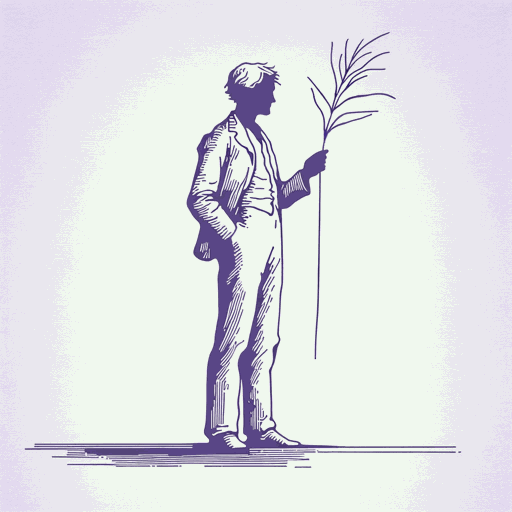
Song of Myself
Walt Whitman
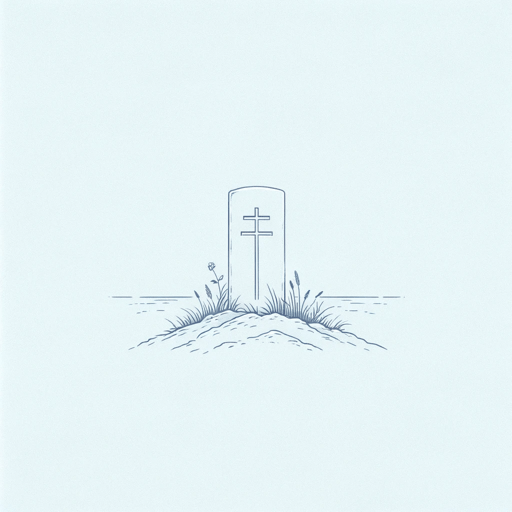
Vigil Strange I Kept on the Field One Night
Walt Whitman

When I Heard the Learn'd Astronomer
Walt Whitman
